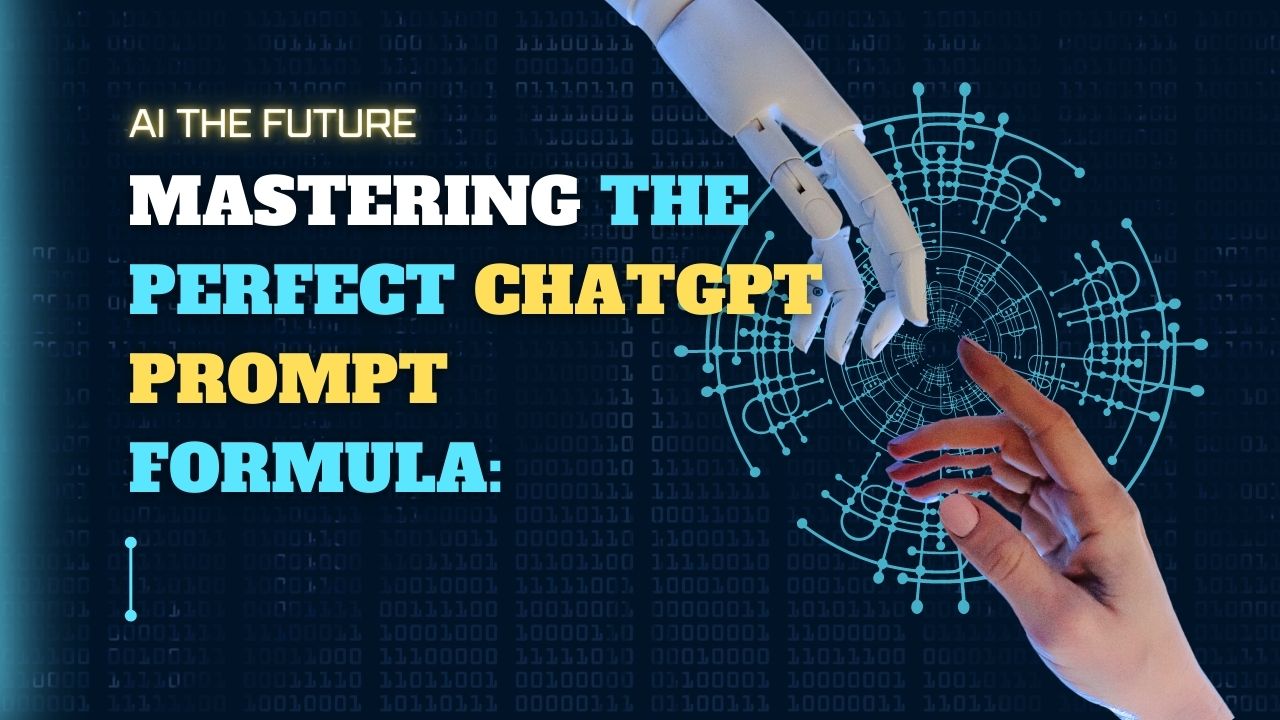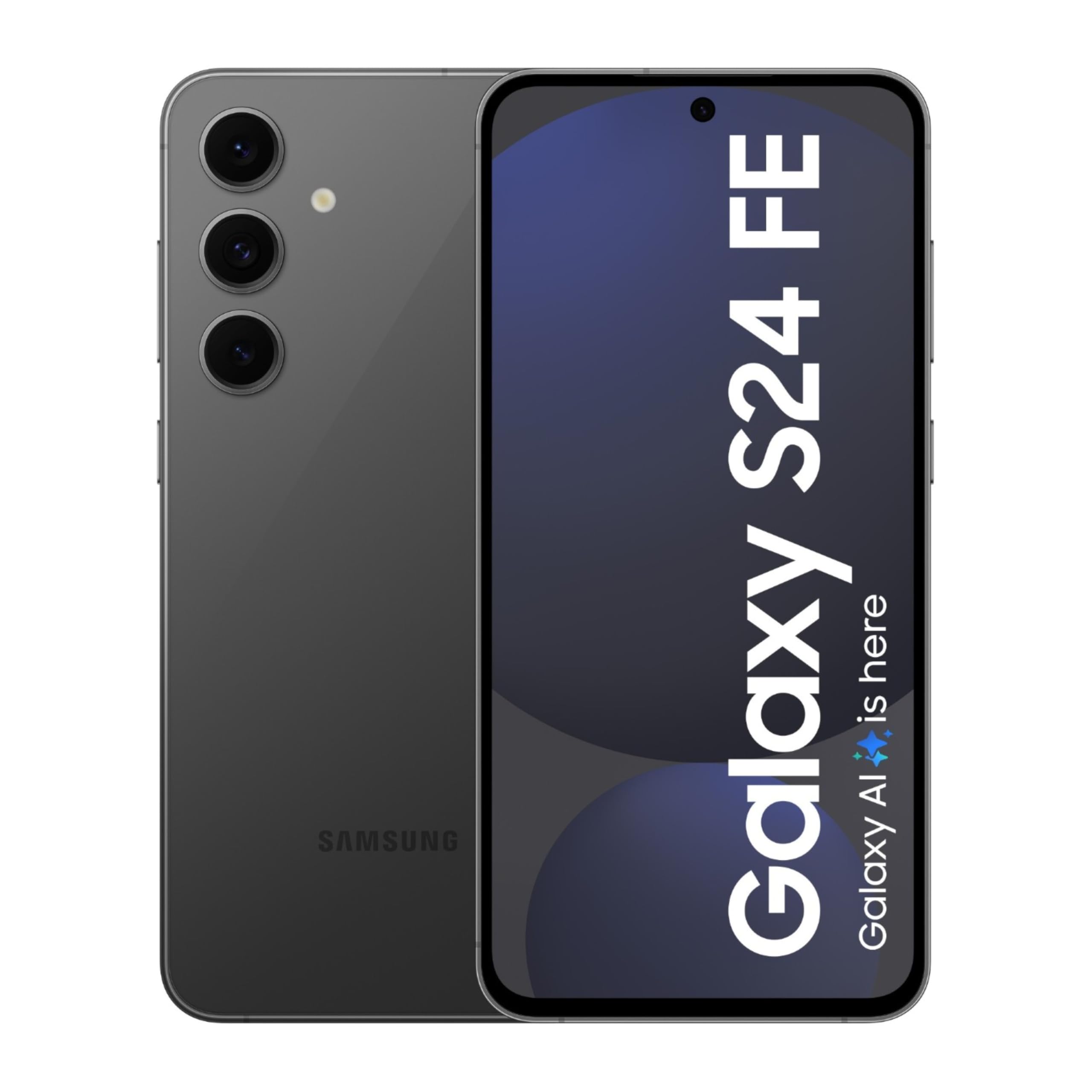Mastering the art of producing the appropriate prompt has become a critical talent in the ever-changing field of AI-powered language models. Whether you're using ChatGPT, Google Bard, or another advanced AI, knowing how to organize your cues can have a big impact on the quality of the results you get. In this post, we'll delve into the complexities of developing a winning prompt formula that will enable you to fully utilize AI help. Join us as we dissect the components, look at real-world instances, and give you the tools you need to consistently produce high-quality output.
Unveiling the Six Building Blocks of a Perfect Prompt:
Context: The Foundation of Effective Communication
Consider embarking on a journey with no map or objective in mind. That's exactly what occurs when you leave out the context in your prompt. Context gives the background information required for AI algorithms to provide meaningful replies. Consider the user's background, the desired outcome, and the environment they're in while creating context. If you're looking for a workout plan, for example, giving specifics like your fitness objectives, available time, and limits can dramatically improve the accuracy of AI-generated ideas.
Task: The Catalyst for Action
A clear and succinct task statement is at the foundation of every good prompt. Using action verbs such as "generate," "write," "analyze," or "give," you can guide AI. The task statement is critical for directing the AI's reaction, and its importance in the prompt hierarchy cannot be emphasized. Consider the following challenge: "Create a three-month workout program for a 70kg male looking to gain five kilograms of muscle mass." The work is in the foreground, ensuring the AI's concentration on the desired conclusion.
Exemplars: Elevating Quality through Examples
Exemplars, or instances, have been demonstrated to be a game changer in terms of encouraging AI models. They aid AI in better understanding the required output, resulting in higher-quality responses. Including relevant exemplars when revising a bullet point, constructing an interview answer, or preparing a job description improves the AI's understanding of your expectations. These samples serve as a blueprint for the AI's response, resulting in more accurate and personalized results.
Persona: Tailoring AI's Perspective
Consider having access to a subject matter expert whenever you require assistance. That is the function of the "persona" component in the prompt formula. By specifying the identity you want the AI to take on, you may direct its replies to reflect your tastes. The persona shapes the AI's perspective and tailors its responses accordingly, whether it's a physical therapist for workout guidance, a recruiter for job-related enquiries, or even a fictional character for amusement.
Format: Visualizing the End Result
The format you select in your prompt dictates how the AI will compose its response. This component enables you to visualize the desired outcome, which could be a well-organized email, a list of key takeaways, or even a code block. By providing a defined framework, you direct the AI to provide the information in the most appropriate manner for your purposes. Requesting a bullet-point list or a paragraph with markdown headers, for example, can have a significant impact on the structure of the AI-generated material.
Tone: Setting the Right Mood
The tone of AI-generated material has a significant impact on how it resonates with readers. Whether you want a formal, relaxed, enthusiastic, or confident tone, expressing it helps the AI generate responses that match your goals. Instead of attempting to remember the proper words or adverbs, simply describe the tone you want to achieve. This enables AI to capture the appropriate tone and language style in its output.
Crafting the Ultimate Prompt: Putting It All Together:
Now that we've gone through each component of the ideal prompt, let's put theory into practice with a thorough example:
Prompt: Drafting a Stellar Email Announcement:
You are an Apple senior product marketing manager, and you have just introduced the Apple Car, the company's latest cooperation with Tesla. You've gotten 12,000 pre-orders, which is more than 200% of your aim. Your objective is to send an email to your boss, Tim Cook, informing him of the good news.
Format: The email should include a TL;DR section, project background, business results with quantitative metrics, and a thank you note to the product and engineering teams..
Tone: Use clear and concise language, and write in a confident yet friendly tone.:
By carefully designing your prompt with these elements, you enable AI models to offer responses that closely match your expectations.
Final Thoughts: From Novice to Pro:
Understanding and practice are required to master the art of crafting the perfect AI prompt. You can unlock the full potential of AI support by exploiting the six building blocks—context, task, exemplars, persona, format, and tone. Remember that not every prompt necessitates the use of all six components; customizing your approach to your individual needs and desired outcomes is essential. You'll find yourself effortlessly navigating the realm of AI-generated material, from sophisticated business reports to artistic projects, as you continue to explore and perfect your prompting abilities.
Frequently Asked Questions (FAQ) about Crafting the Perfect ChatGPT Prompt Formula:
In this section, we'll answer some of the most frequently asked questions about creating successful prompts for AI models like ChatGPT and Google Bard. If you need more information or clarification, go no further than this extensive FAQ.
1. What is the key to creating a successful prompt?
Understanding and using the six building blocks: context, task, exemplars, persona, format, and tone is the key. By carefully designing your prompt with these components, you provide AI models the knowledge they need to deliver relevant, high-quality responses.
2. Is including context always necessary in a prompt?
While context is vital, it is also important to establish a balance. Provide sufficient background knowledge to guide the AI while avoiding overburdening it with unneeded specifics. To build effective context, consider the user's background, desired goal, and applicable restrictions.
3. How can I ensure that my prompt's tone aligns with my intentions?
Describe the tone you want to achieve in your prompt. Providing this information helps AI models design responses that correspond with your intended mood and linguistic style, whether it's official, relaxed, enthusiastic, or any other type.
4. Do I need to include exemplars in every prompt?
Exemplars improve the quality of AI-generated responses greatly. While not required for every request, giving relevant examples or frameworks can increase the accuracy and relevancy of the content you receive significantly.
5. Can I use fictional personas in my prompts?
Absolutely! The AI's perspective can be guided by fictional personas such as well-known characters. This method can give your questions a fun and creative edge while producing personalised results.
6. Is the order of the building blocks important?
Yes, the order is important. Priority should be given to the task, followed by context, exemplars, persona, structure, and tone. This hierarchy guarantees that AI models understand the primary goal and all relevant details before delivering a response.
7. Can I adapt this prompt formula for different AI models?
Yes, this prompt formula is intended to be extensible across different AI models, such as ChatGPT and Google Bard. The core concepts of structuring context, task, exemplars, persona, format, and tone do not change.
8. Should I provide exact formats or can I be flexible?
While supplying specific forms can be beneficial, AI models can also benefit from some flexibility. For example, specifying "a bullet-point list" or "a paragraph with markdown headers" directs the AI while allowing it to adapt the response within those constraints.
9. How do I know if my prompt is effective?
Experimenting and practicing are essential. Begin with lesser challenges to test the waters and gradually improve your abilities. Examine the quality and relevancy of the outputs you receive, and alter your prompts accordingly.
10. Where can I learn more about AI-assisted content creation?
Keep an eye out for resources such as AI tutorials, workshops, and blogs. Continuous learning and adaptation will keep you at the forefront of AI-assisted content development.
Remember that creating successful prompts is an art as much as a science. You'll be well-equipped to access the full potential of AI assistance in your content production journey if you strike the correct combination of context, task, exemplars, persona, format, and tone.
#AIAssistedContentCreation #ChatGPTPrompts #AIWritingTips #PromptEngineering #AIProductivity #ContentGeneration #AICommunication #CraftingEffectivePrompts #ChatGPTStrategies #AIContentStrategy #ContentCreationGuide #AIInnovation #EffectivePromptFormula #AIContentGeneration #LanguageModelInsights
Written by: Md Muktar Hossain
























